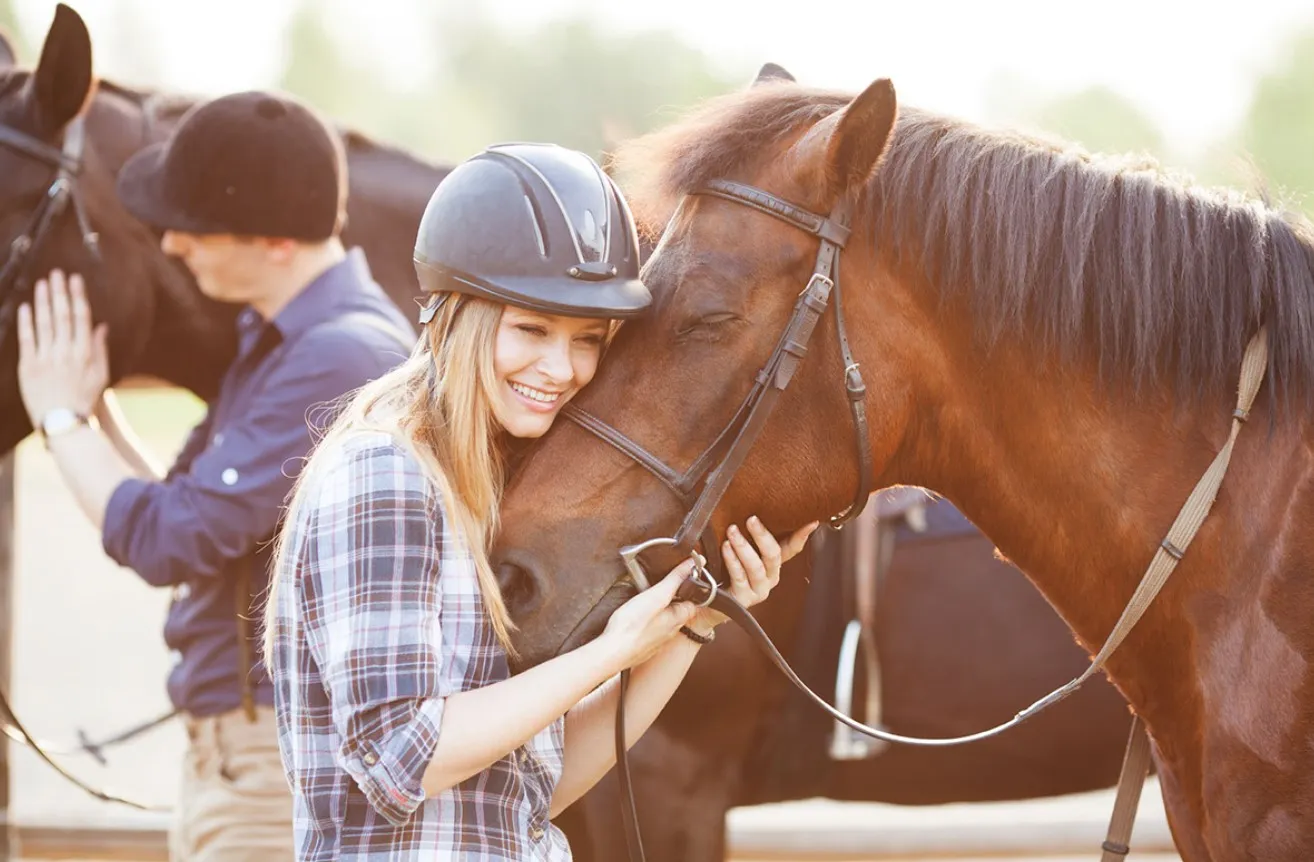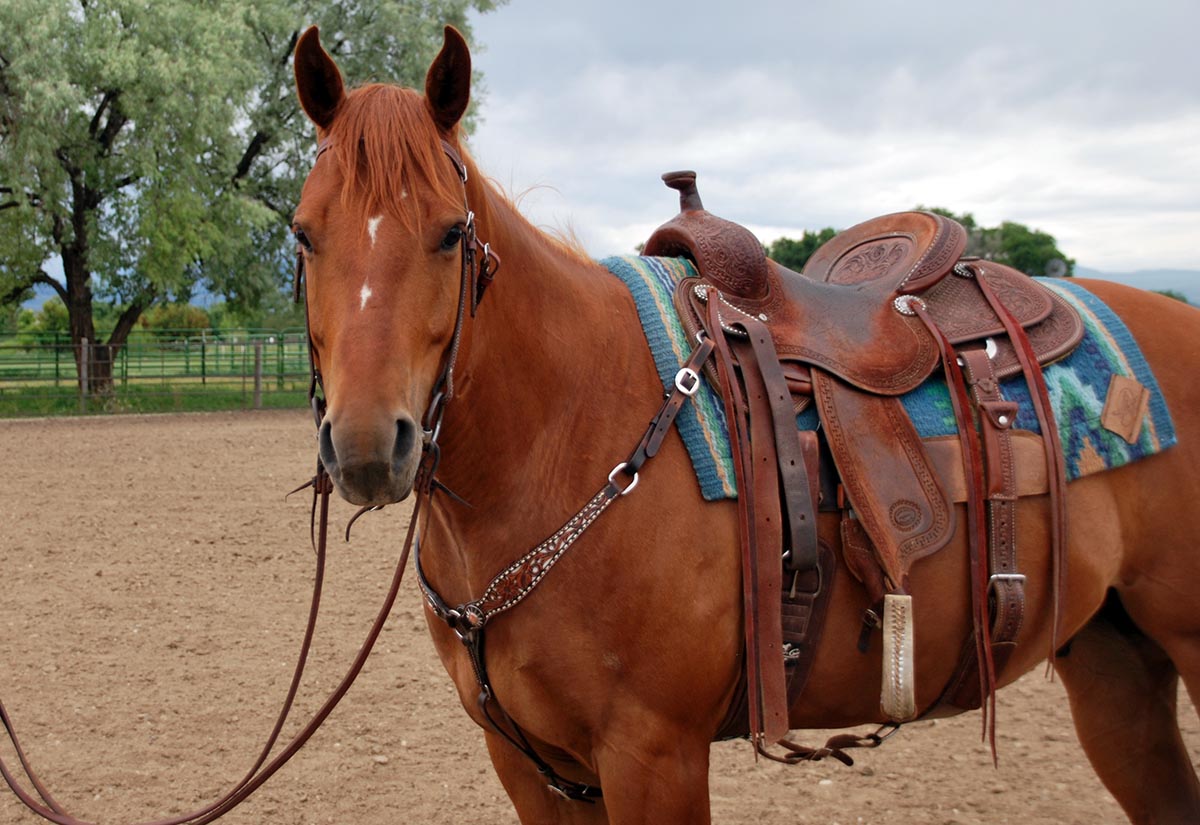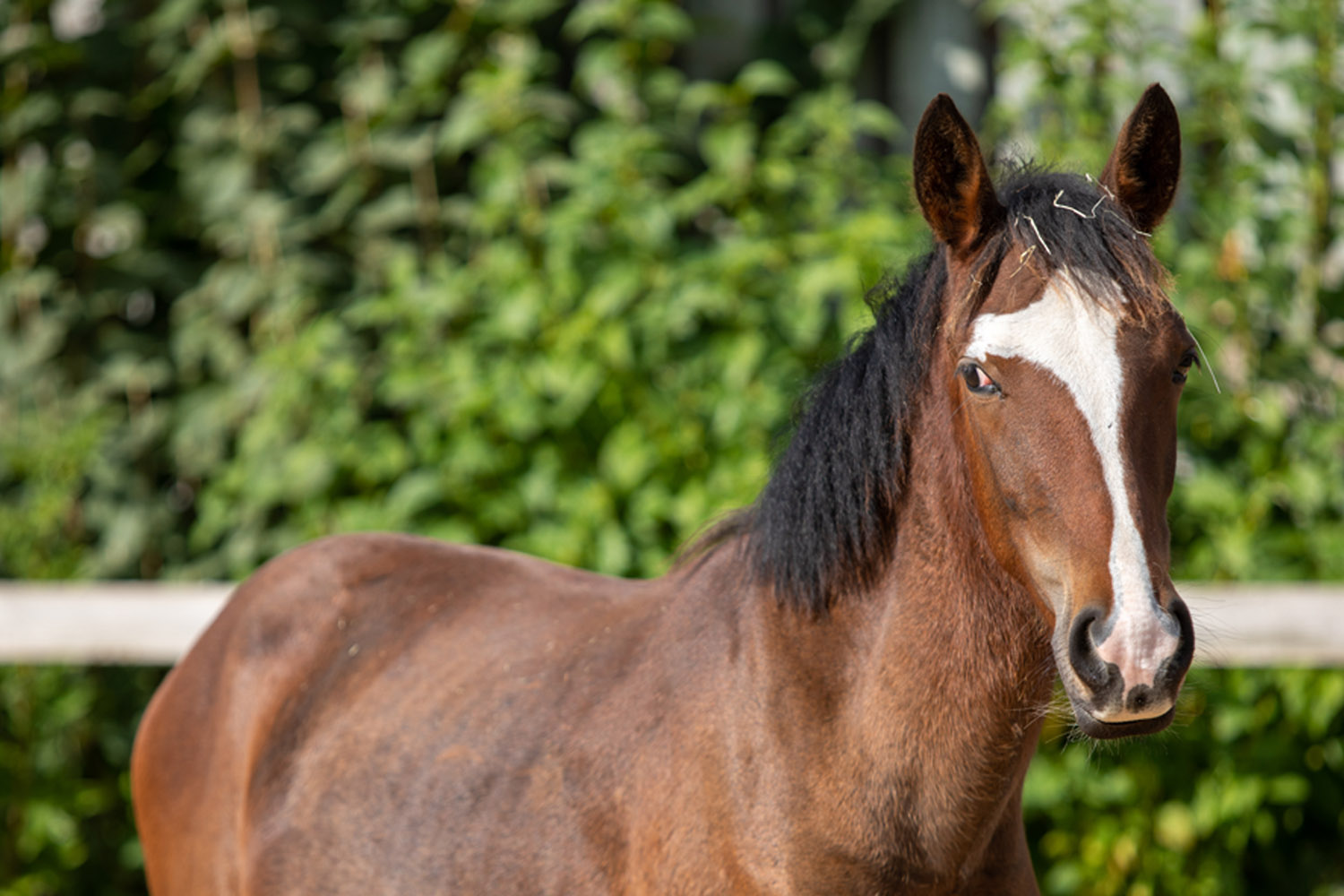Selective breeding is a purposeful approach to improving specific traits in horses, allowing breeders to create equine companions that excel in performance, appearance, and temperament. Whether you are breeding for speed, strength, or a gentle demeanor, this method combines the art of careful selection with the science of genetics. This guide explores how selective breeding works and how it can help enhance desired traits in horses.
Understanding Selective Breeding
Selective breeding is the practice of pairing horses with complementary traits to produce offspring that inherit and improve upon those qualities. It involves thoughtful planning and consideration of genetic, physical, and behavioral characteristics to achieve specific breeding goals.
Why Selective Breeding Matters

1. Improving Performance
Selective breeding allows you to enhance traits like speed, endurance, or agility, tailoring your horses for specific activities such as racing, jumping, or dressage.
2. Preserving Breed Standards
Breeders use this process to maintain or improve the defining features of various horse breeds, ensuring their uniqueness and utility.
3. Refining Temperament
Certain disciplines or riding levels require specific temperaments. Through breeding, calm, spirited, or highly trainable horses can be selectively developed.
4. Ensuring Soundness and Health
With careful selection, breeding can help reduce hereditary health issues, promoting stronger, healthier horses over generations.
Traits to Enhance Through Selective Breeding
1. Conformation
Conformation refers to the physical structure of a horse. Proper conformation enhances a horse’s ability to perform tasks efficiently and remain sound over time.
- Focus Areas: Strong limbs, balanced proportions, straight legs, and well-formed hooves.
2. Athletic Ability
Performance traits depend on the activity for which a horse is being bred.
- Racing: Emphasize speed, stamina, and stride efficiency.
- Jumping: Look for power, flexibility, and quick reflexes.
- Dressage: Focus on grace, trainability, and strength.
3. Temperament
Breeding can influence a horse’s behavior, making it suitable for specific riders or tasks. Traits like calmness, intelligence, and responsiveness can be cultivated.
4. Coat Color and Aesthetics
Although aesthetic traits like coat color are often secondary to performance, they can be important in disciplines where presentation matters.
Steps in the Selective Breeding Process
1. Define Your Breeding Goals
Identify what you want to achieve, whether it’s creating a top-performing racehorse or a reliable family companion.
2. Research Bloodlines
Pedigrees are a window into the genetic potential of a horse. Investigate the lineage of potential breeding pairs to ensure they meet your objectives.
3. Assess Health and Genetic Compatibility
Use health screenings and genetic tests to identify potential risks, such as hereditary diseases. Genetic compatibility ensures a healthy, thriving foal.
4. Choose the Right Pairing
Select a mare and stallion that complement each other’s strengths and compensate for weaknesses.
Methods of Selective Breeding
1. Linebreeding
Breeding within the same lineage to reinforce desirable traits.
- Pros: Strengthens specific qualities.
- Cons: Increased risk of genetic defects.
2. Outcrossing
Introducing unrelated bloodlines to improve genetic diversity and correct weaknesses.
- Pros: Enhances overall vitality.
- Cons: Results may be unpredictable.
3. Hybrid Breeding
Combining distinct breeds to produce a horse with superior traits, often used for workhorses or competitive performance.
Role of Genetics in Selective Breeding
Understanding Heritability
Not all traits are equally inheritable.
- High Heritability: Conformation, size, and coat color are easier to predict.
- Low Heritability: Temperament and endurance can be influenced by both genetics and environment.
Genetic Testing Tools
Modern advancements allow breeders to test for:
- Performance Genes: Indicate potential for speed, stamina, or jumping ability.
- Coat Color Genes: Determine the likelihood of specific coat patterns or shades.
- Disease Markers: Screen for genetic conditions to prevent passing on undesirable traits.
Challenges in Selective Breeding
1. Unpredictability
Despite careful planning, genetics can produce unexpected results in traits and temperament.
2. Health Risks
Excessive focus on certain traits can lead to health issues, such as lameness or respiratory conditions.
3. Ethical Considerations
Breeding for extreme traits can sometimes compromise the well-being of the horse, requiring a balanced approach.
4. Cost and Time
Breeding requires significant financial investment and patience, as results often take years to manifest.
Best Practices for Selective Breeding
- Partner with Experts: Work with veterinarians and experienced breeders to guide your process.
- Monitor Offspring: Track the development of foals to understand how traits are expressed.
- Maintain Records: Document lineage, traits, and breeding outcomes to refine future decisions.
- Prioritize Welfare: Ensure breeding decisions enhance the health and happiness of your horses.
Selective Breeding Success Stories
1. Thoroughbreds
Renowned for their speed and endurance, Thoroughbreds are a prime example of how selective breeding can refine performance traits over generations.
2. Warmbloods
Widely used in dressage and show jumping, Warmblood breeds have been selectively bred for their versatility and athleticism.
3. American Quarter Horses
Known for their quick bursts of speed and agility, they dominate rodeo and ranch work, thanks to meticulous breeding practices.
Future Trends in Selective Breeding
1. Advanced Genetic Testing
Emerging tools allow breeders to predict traits with greater accuracy, reducing the guesswork.
2. Focus on Sustainability
Ethical breeding practices are gaining traction to ensure the long-term health of horse populations.
3. Technological Integration
Artificial insemination, embryo transfer, and other techniques are making selective breeding more accessible.
Conclusion
Selective breeding offers horse enthusiasts the opportunity to shape future generations by enhancing desired traits while promoting health and soundness. With the right knowledge, tools, and ethical approach, breeders can ensure that their efforts contribute positively to the equine world. Whether you aim to improve performance, refine aesthetics, or create a versatile companion, selective breeding remains a valuable method for achieving your goals.






